Sutherland is a wonderfully wild place of mountains, hills, moors and boggy flows, and is home to an abundance of rich oases where wildflowers shine and insects buzz.
One such verdant gem is by the River Kirkaig, which borders Wester Ross, and as I stood by its banks, the grass and ferns grew thick, and dark-green fritillary and common blue butterflies flitted past on quick-flashed wings.
The common blue is an especially attractive butterfly.
As one came to rest on a fern, the azure colour of the top-wings dazzled with the same shimmering intensity as the sky above.
The wings then closed and were held upright over the back, displaying the most exquisite patterning of blue, beige and russet, peppered with a sprinkling of dark spots.
I rose from my resting place and headed further up the river, where lay a series of rocky pools and runs, following a tranquil wooded gorge where hazel, birch and aspen abound and on towards the spectacular Falls of Kirkaig.
Enthralled by aspen
Aspen is a tree that forever holds me under its thrall, for when the wind blows something quite remarkable happens: the leaves begin to tremble and quiver in delightful fashion.
The scientific name, Populus tremula, means trembling poplar and to sit by one and listen to the wind rustling through the leaves is a wonderful experience.
Soon, I reached the shore of Fionn Loch and a small gravelly beach, which provided the perfect rest stop for lunch.
Tranquil, peat-stained coppery water lapped the shore, and with the backdrop of Suilven, it was hard to imagine a more beautiful spot in the whole of Scotland.
As I neared the end of my lunch, a greyish wader with trailing legs soared above me, and spiralled away over a distant peaty, heather-clad hummock.
Greenshanks
It was a greenshank, its appearance so tantalisingly brief, yet one that stirred my emotions with real excitement.
Greenshanks so enthralled the eminent Scottish-based ornithologist, Desmond Nethersole-Thompson, that he described the species as ‘the most wonderful bird that flies’.
He first studied them on their breeding grounds in the north of Scotland in 1932 and soon became a complete greenshank addict, a bird he freely admitted to having fallen in love with.
He described the spectacular aerial courtship of the males as ‘song-dances’, and wrote: “What a dramatic song flight the cock greenshank has.
High in the air, sometimes in the clouds, a small dark gnat-like thing soars and switchbacks, and all the time he sings his wild ecstatic song.”
With the greenshank gone, I examined the backshore behind me, my attention having been drawn by a striking common blue damselfly.
I also discovered a large mayfly resting on the stem of a rush.
It was a green drake mayfly, which seemed to be in a state of semi-torpor, providing the ideal opportunity for closer examination.
This is a large species of mayfly, and the intricate venation on its semi-transparent wings was spellbinding, a vivid illustration of the wondrous perfection of nature that always inspires at every turn.
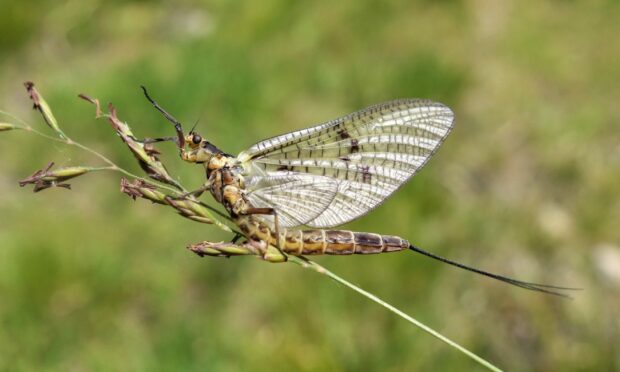
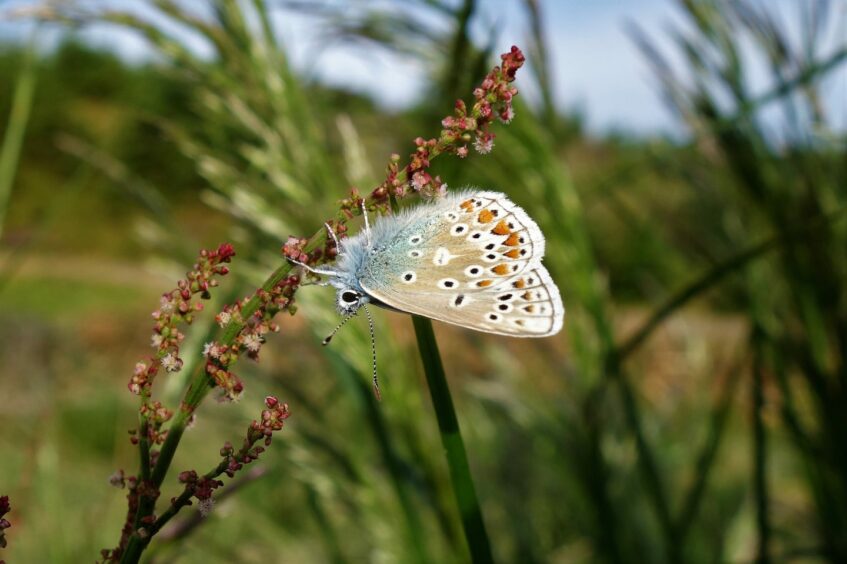
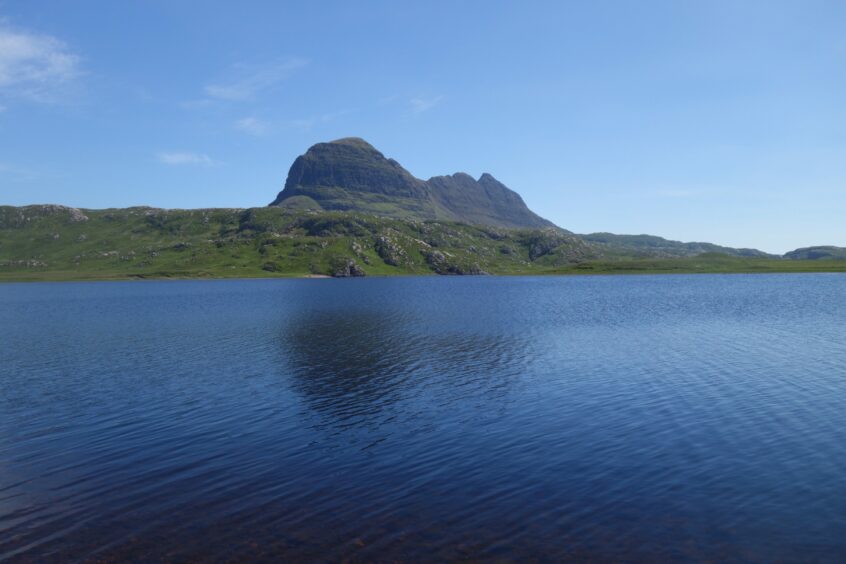
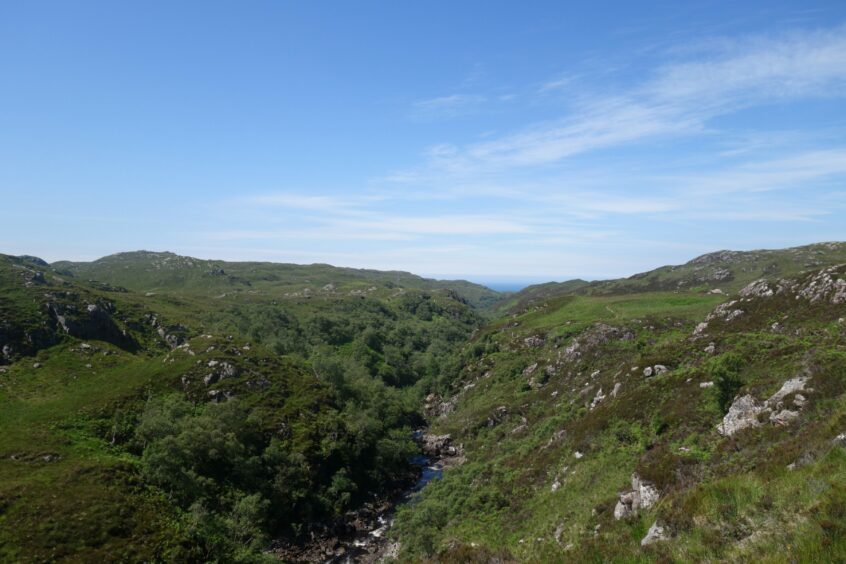
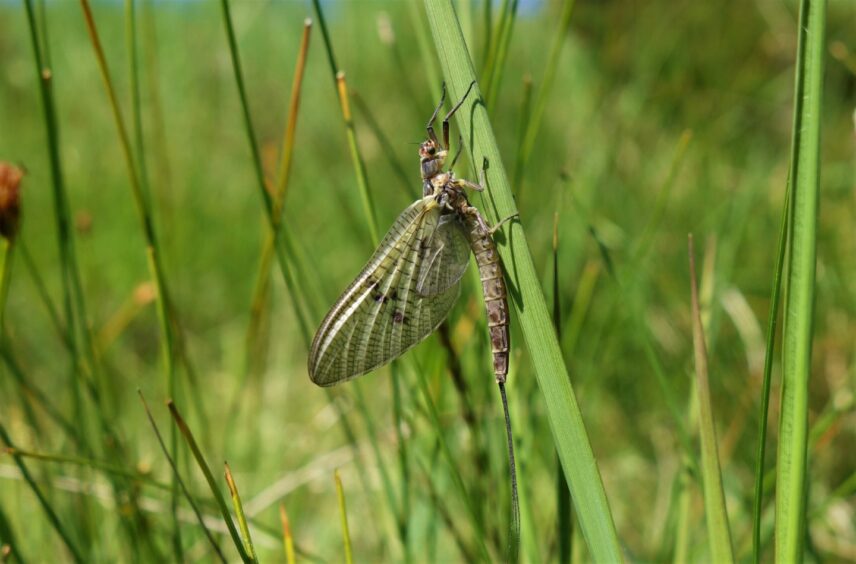










Conversation